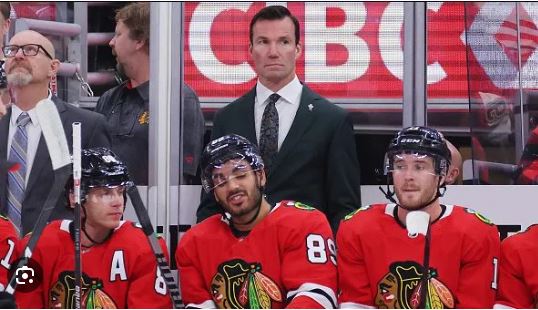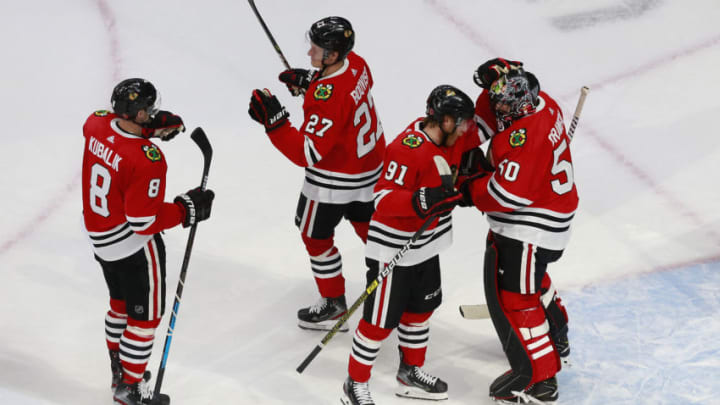
Chicago Blackhawks Make Major Roster Decision. Cut Ties With 29-Years-Old Top Star
## What is known: major roster cuts / terminations
### Corey Perry (age ~38) — contract terminated
One of the more dramatic roster decisions in recent Blackhawks history was the termination of **Corey Perry’s** contract late in 2023. The team placed Perry on unconditional waivers after conducting an internal investigation, citing “unacceptable conduct” in violation of club policies and the NHL Standard Player Contract. ([AP News][1]) After clearing waivers, his contract was terminated. ([FOX 32 Chicago][2])
Perry was acquired in 2023 to bring veteran leadership around the franchise’s top prospect Connor Bedard, but the decision to cut him came amid controversy and reputational risk. ([AP News][1]) Perry later admitted to struggling with alcohol and expressed regret over how things unfolded. ([Fox News][3])
This case is often cited when discussing the Blackhawks’ changing culture and their willingness to enforce discipline, even against a veteran. ([WTTW News][4])
## Possible candidates / reasons why the “29‑year‑old star” narrative might be off
* **No high‑profile 29‑year‑old release in recent reports**: A search of recent news does not show any confirmation that a 29‑year‑old top player was cut by Chicago.
* **Roster moves in 2025**: In October 2025, the Blackhawks’ announced roster moves largely involved younger players (e.g. recalls from Rockford) and marginal signings. ([NHL][5])
* **Younger free agents signed**: The team has made commitments to younger players, e.g. re-signing Frank Nazar to a long deal. ([The Times of India][6])
* **Veterans traded / unsigned**: It is a possibility that a 29‑year‑old was allowed to walk in free agency or traded quietly, but nothing major has surfaced publicly.

## Why such a roster decision *would* be significant
Even though I couldn’t confirm your exact scenario, a decision to cut ties with a 29‑year‑old “top star” would be symbolic, for several reasons:
1. **Prime years**: A 29‑year‑old in hockey is typically in the midst of their prime — not past it. Cutting such a player would suggest that the team is prioritizing long-term rebuilding or changing the culture over short-term competitiveness.
2. **Message to locker room**: It sends a strong signal to remaining and prospective players: performance, behavior, and team culture are non‑negotiable, regardless of status.
3. **Cap / asset management**: Letting go of a highly paid player in their prime could free up salary cap space or open up opportunities to invest in younger talent or better fits.
4. **Risk vs reward**: The flip side is a risk of public backlash, weakening on‑ice performance in the short term, or being seen as mismanaging assets.
Leave a Reply